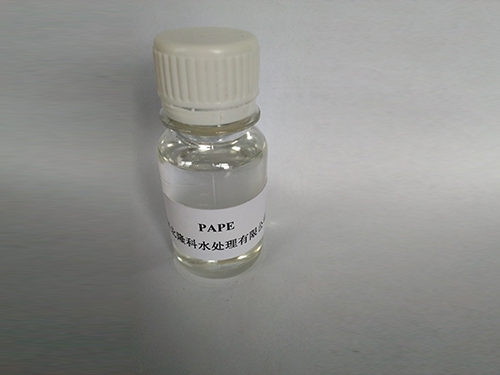Synthesis and Applications of Polycarboxylic Compounds in Modern Chemistry
Understanding Polycarboxylic Compounds Their Importance and Applications
Polycarboxylic compounds, which are characterized by the presence of multiple carboxyl (-COOH) functional groups, play a significant role in various chemical processes and applications. These compounds have garnered attention in fields such as materials science, pharmaceuticals, and environmental chemistry due to their unique properties and functionalities. In this article, we will explore the structure, properties, and applications of polycarboxylic compounds, highlighting their importance in modern chemistry.
Structure and Properties
Polycarboxylic compounds can be defined as organic molecules that contain two or more carboxylic acid groups. The presence of multiple carboxyl groups significantly influences the chemical behavior and reactivity of these compounds. The acids can interact with metal ions, engage in hydrogen bonding, and participate in polycondensation reactions, thus making them valuable in various chemical processes.
One of the well-known examples of polycarboxylic acids is citric acid, which contains three carboxyl groups. Citric acid is widely used in the food industry as a preservative and flavoring agent. It also serves as a key intermediate in various metabolic pathways. Another important polycarboxylic acid is adipic acid, which is primarily used in the production of nylon. Adipic acid imparts nylon its favorable properties, such as durability and elasticity.
Applications
1. Materials Science Polycarboxylic compounds are essential in polymers and coatings. Their multifunctionality allows for the development of cross-linked networks, which enhance the mechanical properties of materials. For example, polyacrylic acids are widely used in adhesives, while polyesters are created by the polycondensation of polycarboxylic acids and alcohols. The resulting polymers offer versatility in applications, from textiles to packaging materials.
polycarboxylic

2. Pharmaceuticals In drug design, polycarboxylic compounds are frequently employed to create complex molecules with enhanced pharmacological properties. Their ability to form complexes with metals and other drug molecules can improve bioavailability and targeting. For instance, certain anticancer drugs utilize polycarboxylic moieties to enhance solubility and facilitate cellular uptake.
3. Environmental Chemistry Polycarboxylic compounds play a crucial role in green chemistry and environmental applications. They can function as biodegradable chelating agents, which bind heavy metals and prevent them from causing environmental harm. Furthermore, they are also involved in various processes aimed at reducing waste and promoting sustainability. For example, biodegradable polymers derived from polycarboxylic acids contribute to reducing plastic pollution.
4. Agriculture Polycarboxylic acids are used in agricultural applications as soil conditioners and fertilizers. They improve soil structure, enhance nutrient retention, and promote plant growth. Humic acid, a type of polycarboxylic compound, is known for its ability to bind with nutrients and improve soil health, thereby increasing agricultural productivity.
5. Food Industry In food technology, polycarboxylic acids serve as preservatives and acidity regulators. Their multifunctional nature allows them to inhibit microbial growth while enhancing the taste and stability of food products. Additionally, they play a role in the manufacturing processes of various food items, ensuring quality and safety.
Conclusion
Polycarboxylic compounds represent a fascinating category of organic molecules with diverse applications across multiple industries. Their unique structural properties, characterized by the presence of two or more carboxyl groups, enable them to participate in various chemical reactions, making them invaluable in materials science, pharmaceuticals, environmental chemistry, agriculture, and the food industry. As research continues to unveil new functionalities and benefits of polycarboxylic compounds, it is clear that these versatile compounds will play an increasingly pivotal role in advancing technology and promoting sustainability in the future. Understanding their properties and applications will undoubtedly contribute to innovative solutions and improved quality of life.
-
LK-319 Special Scale And Corrosion Inhibitor For Steel Plants: Advanced Solutions for Industrial Water SystemsNewsAug.22,2025
-
Flocculant Water Treatment: Essential Chemical Solutions for Purification ProcessesNewsAug.22,2025
-
Isothiazolinones: Versatile Microbial Control Agents for Industrial and Consumer ApplicationsNewsAug.22,2025
-
Scale Inhibitor: Key Solutions for Water System Scale PreventionNewsAug.22,2025
-
Organophosphonates: Versatile Scale Inhibitors for Industrial Water SystemsNewsAug.22,2025
-
Scale and Corrosion Inhibitor: Essential Chemical Solutions for Water System MaintenanceNewsAug.22,2025





